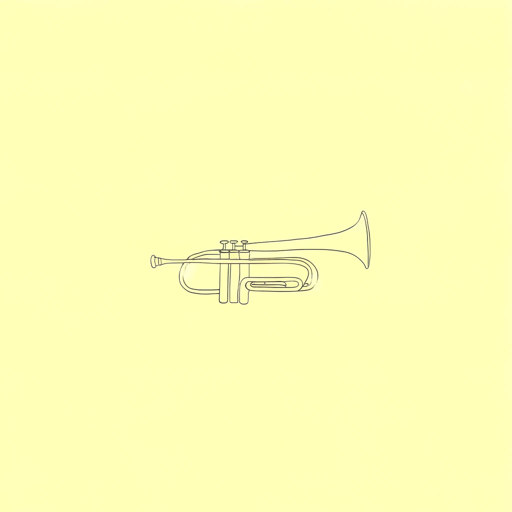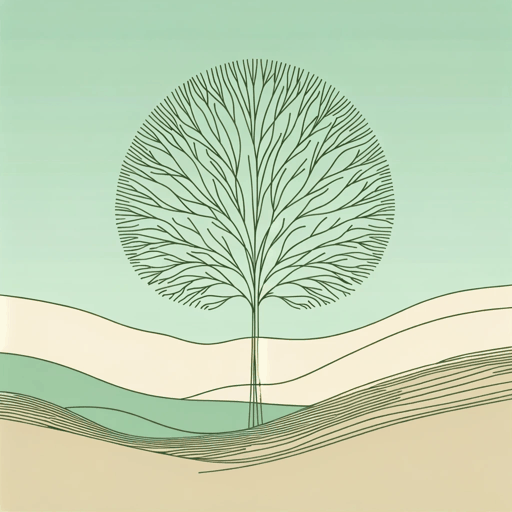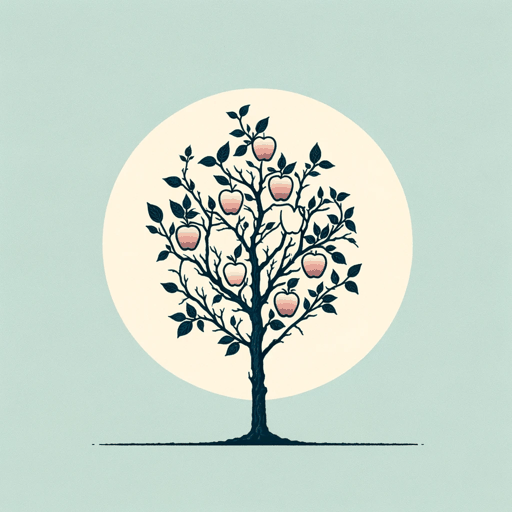17 pages • 34 minutes read
Claude McKayTo One Coming North
Fiction | Poem | Adult | Published in 1922A modern alternative to SparkNotes and CliffsNotes, SuperSummary offers high-quality Study Guides with detailed chapter summaries and analysis of major themes, characters, and more.
Background
Literary Context
Claude McKay was part of the poetic and artistic movement known as the Harlem Renaissance. The Harlem Renaissance peaked in the 1920s, and poets like Langston Hughes and McKay focused their work on the experiences of Black Americans, experiences which had been historically marginalized and silenced. The literary voices of the Harlem Renaissance were varied and diverse, exploring different strands of Black identity and experience. Unlike other poets, McKay chose to use traditional European forms to create a new Black poetry. His utilization of these forms—as is evident in the ballad-like structure “To One Coming North”—was a way of molding the colonial and dominant gaze in his own image. Just like his Jamaican forebears made English their own language, McKay also used traditional forms to narrate non-European and Black experiences. His poetry draws its power from this convergence and juxtaposition. “To One Coming North” is, at one level, a pastoral ballad in the tradition of Scottish bard Robert Burns, yet, at another level, it is a deeply political and current poem, dealing with an experience unique to Black people. The “you” the poem addresses is the ordinary folk who show bravery as they take on great journeys to build a freer life away from racist oppression.
Related Titles
By Claude McKay

America
Claude McKay

Home To Harlem
Claude McKay

If We Must Die
Claude McKay

Joy in the Woods
Claude McKay

The Harlem Dancer
Claude McKay

The Lynching
Claude McKay

The Tropics in New York
Claude McKay

The White House
Claude McKay

When Dawn Comes to the City
Claude McKay

